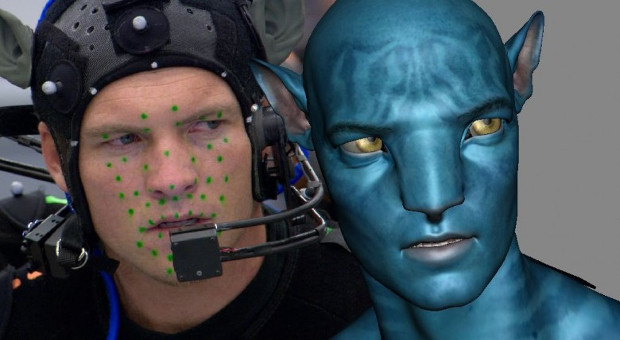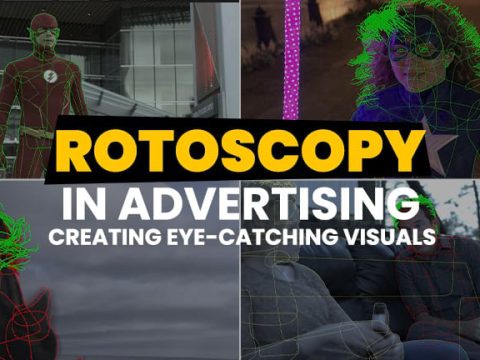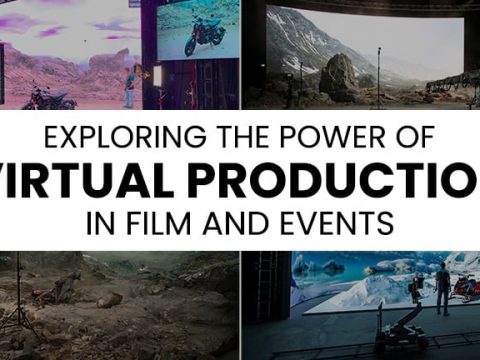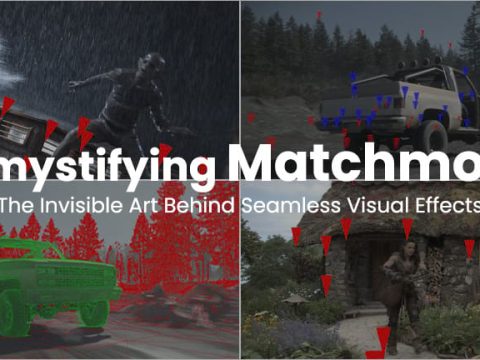Epic Hollywood movies. Hi-octane action sequences. Larger-than-life sets. Incredible stunts. Fantastical backdrops. Peculiar creatures. It all boils down to one thing – VFX. Here’s presenting some of the biggest blockbusters that could attribute a major chunk of their success to awe-inspiring VFX.
Some fantastic films have come out of the Sci-fi and fantasy genres, heavily relying on visual effects to create a definitive VFX movie-going experience. From aliens to zombies, superheroes, and fictional beasts, VFX movie services create magic, mystique, and movies that last a lifetime.
The best commercial VFX for movie studios knows how to incorporate these effects so seamlessly into their production that audiences buy into their realism, no matter how outlandish the premise. These VFX movies have inspired millions of filmgoers worldwide, ignited imaginations, and told a story that draws you in and enthralls you with their sheer creativity.
Of course, over the many decades of films using special effects, some have been better than others and stood the test of time. Today, we are taking on the enormous task of picking the best. We will take a leap of faith, dig deep within the annals of global film history, and pick out the top five examples of torchbearers for excellence in visual effects. So, without further ado, here are our picks for the top five VFX movies based on the quality of visual effects.
5 of the best VFX movies of all time
1. Star Wars: Episode V – The Empire Strikes Back
The sequel to the first-ever sci-fi blockbuster, George Lucas’s masterpiece of a saga paved the way for visual effects since ever since Star Wars: Episode IV – A New Hope hit the big screen in the late 80s. In fact that, any of the original trilogy of films could have made it on to this list for their stellar visual effects that were well and truly above and beyond anything anyone else had done in that era. They kick started this whole trend of big budget franchises that have become common fare today.
Considering the film had been released in 1980, it didn’t have anywhere near the cutting-edge technology of VFX for movies. In a documentary called Star Wars SP FX: The Empire Strikes Back, Mark Hamill (Luke Skywalker) takes viewers on a behind-the-scenes journey on how the film’s VFX was handled. Not only do you get to see how it all came to be, but the VFX of the era that led up to the making of this film. From stop-motion to puppets and using simple tricks like reversing footage of Hamill throwing his lightsaber to make it appear like he uses the Force to summon it. It is astounding how inventiveness, creativity, and skill were used at a time before computers came along and changed the game.
You can watch the documentary and enjoy an entertaining history lesson on VFX movies right here.
2. The Matrix
From The Wachowski Brothers came a futuristic dystopian alternate reality with mind-bending physics and insane visuals. The VFX movie was a masterpiece in visual effects, the crowning glory of which was bullet time. That iconic scene in the film where the hero, Neo (played by Keanu Reeves) dodges bullets being shot at him in rapid succession and the cameras do a full slow motion 360 around him as the bullets leave trails of disturbances in the air around him. Watch it below.
The use of time-slice photography and clever CGI resulted in a scene that is so iconic that Warner Bros. copyrighted the term “bullet time” used to describe it.
The following video gives you a background into the type of live-action/CGI magic that was used to create all the film’s VFX.
3. Avatar
James Cameron reached the top of the VFX movie direction food chain with Titanic (1997), but apparently, this, his pet project predates even that commercial blockbuster. The story goes that Cameron had started work on Avatar way back in 1994, but it took until 2009 to release the film that he also wrote, co-produced, and co-edited along with directing it.
Motion capture and CGI are the dominating technologies used to bring the fantasy world of Pandora and its inhabitants – the Na’vi to life on the big screen, and the film was made with a budget of anywhere between $230-310 million, a whole and became the highest grossing film of all time when it came out.
The video below details the journey of the making of Avatar, and another one from the film’s official channel provides more insights into the film’s aforementioned motion-capture efforts.
4. Jurassic Park
Legendary director Steven Spielberg created one of the most-loved sci-fi adventure films the world over when he released the 1993 hit Jurassic Park. From John William’s epic score to Jeff Goldblum’s iconic performance, the film is remembered for many things. The one thing it is most remembered for though is its use of CGI (the first ever film to do so).
However, the film didn’t rely solely on computer generated graphics, because it also used full-sized robotic dinosaurs and stop motion techniques as well. The result – three Academy awards (including best Visual Effects, of course), a film that crossed $1 billion in worldwide takings, and a franchise that spawned three sequels, video games, theme parks and more.
It also spawned a special behind-the-scenes film produced by none other than The Academy itself. You can watch it below.
5. Inception
The Christopher Nolan directed (and written & co-produced) film may have hit theatres in 2010, but Nolan approached film studio Warner Bros way back in 2001 with the concept for the film. It was an idea he had been mulling around for a while, influenced by VFX movies such as The Matrix, where the world isn’t as real as it appears to be. The result was an absolute mind-bender where people infiltrated dreams and literally bent the laws of physics with their minds.
Interestingly though, a lot of the film’s effects were live-action rather than CGI, as this excerpt from the film’s IMDb page explains – “In spite of the film’s extensive surreal effects sequences, the majority of visual effects throughout the film, such as the Penrose stairs, rotating hallway, mountain avalanche, and zero-gravity sequences, were created through practical methods, not through the use of computer graphics imagery. The film only has around five hundred visual effects shots, as opposed to most other visual effects epics which can have upwards of 2000 visual effects shots.” The film used miniatures, and for the iconic hallways scene where the Joseph Gordon-Lewitt’s character has an all-out brawl in zero gravity – a real life rotating set.
According to MTV reports, “To create the environment, the scene was shot using not CG effects, but rather massive, rotating sets that twisted and turned and forced Gordon-Levitt to maneuver with utmost caution. Five-hundred crewmembers were involved in the scene, which took a full three weeks to complete. Nolan’s crew built a series of different hallway settings: a horizontal one that rotated 360 degrees, a vertical one that allowed actors to wear wires and another on which the actors were strapped to steel trolleys, which were eventually erased using visual effects.”
Watch the behind-the-scenes documentary of the making of this film to learn more.
So there you have it, the top five films based on visual effects, and the intriguing stories behind how they came to be.
Featured image source: https://blog.pond5.com/








